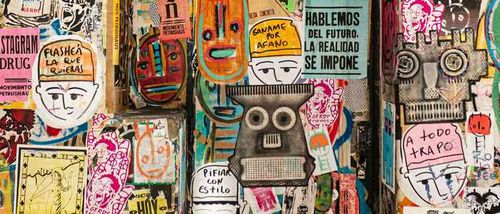From massacre to miracle: Romani presence and the making of a pilgrimage site in Piaui, Brazil

In a small rural settlement in the interior of Piauí, northern Brazil, stands a chapel dedicated to Ciganinho Milagroso — the Miraculous Little Gypsy Boy — beside a large courbaril tree. Local memory and archival sources link the site to a tragic event over a century ago, when police and armed men pursued and killed a group of Romani people (Ciganos) passing through the region. According to local accounts, a young boy tried to hide in the tree but was found and killed. Years later, when an epidemic struck the settlement, residents blamed the calamity on the unjust death of an innocent soul.
Over time, the site grew into a local place of pilgrimage. This talk retraces the historical and memory layers through which violence, guilt, and sanctity became intertwined — and explores how the Romani presence has been both marginalised and absorbed into regional religious imagination. By placing the devotion to Ciganinho Milagroso in a wider cultural and historical context, the presentation reflects on changing ideas about Romani identity and belonging in Brazil.
SpeakersMartin Fotta, Institute of Ethnology, Czech Academy of Sciences
Discussant: Mattijs van de Port, University of Amsterdam
Practical information
will follow.
Picture by Maurício Guardiano.